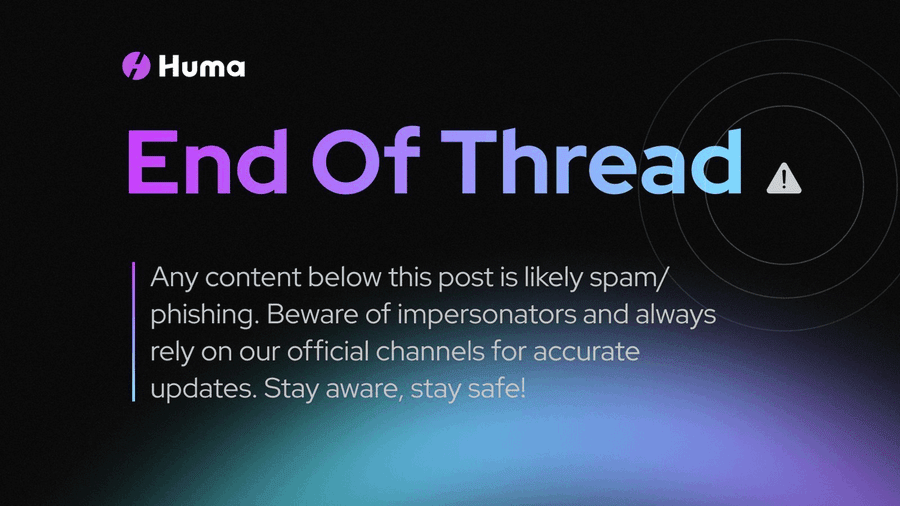The vitality of a decentralized finance protocol lies not only in the sophistication of its code but also in the robustness of its governance framework. Huma Finance demonstrates profound foresight in this area, establishing a powerful ecosystem of well-defined roles and checks and balances.

This governance structure is divided into two levels. At the highest level of the protocol, we see a prudent distribution of power. The "Protocol Owner" serves as the ultimate administrator, responsible for the macro control and upgrades of the entire protocol, but this power is not limitless. The independent "Pauser" role acts as an emergency brake, capable of freezing fund movements instantly if the protocol faces a threat, adding a crucial line of defense for security. Additionally, the separation of the "Protocol Treasury" from the owner's account fundamentally prevents the excessive concentration of power and capital, which is an essential security design.
Descending to the specific pool level, the concept of checks and incentives is even more thoroughly implemented. "Pool Owners" are the creators and managers of each pool, while "Evaluation Agents" are responsible for core credit approval. Huma Finance's most intelligent design lies in its requirement that these two key roles must invest their own real capital into the pools they manage. This is not just a simple requirement but a profound mechanism of interest alignment, ensuring that decision-makers share the risks and benefits with investors. Their judgment is no longer an abstract evaluation but a prudent decision closely tied to their own wealth.
This system, from the macro-level security of the protocol to the micro-level incentives within the pools, forms a complete trust loop. It is not a rigid accumulation of rules but a dynamic and organic governance framework designed to ensure the long-term health of the protocol and the fundamental interests of its investors.
The resilience of a decentralized finance protocol is defined not just by its code, but by the robustness of its governance. Huma Finance demonstrates profound foresight in this area, establishing a powerful ecosystem of checks and balances through its meticulously designed role-based architecture.
This governance structure operates on two distinct levels. At the highest protocol level, we see a deliberate and prudent distribution of power. The "Protocol Owner" acts as the ultimate steward, responsible for system-wide administration and upgrades, but this authority is not absolute. The independent "Pauser" role functions as a critical emergency brake, capable of halting all fund movements if the protocol faces a threat, adding a vital layer of security. Furthermore, separating the "Protocol Treasury" from the owner's account fundamentally prevents the over-concentration of power and capital—a crucial security feature.
Descending to the individual pool level, this philosophy of accountability and aligned incentives becomes even more pronounced. "Pool Owners" are the creators and managers of each pool, while "Evaluation Agents" handle the core task of credit assessment. Here lies one of Huma Finance's most intelligent designs: both of these key roles are required to invest their own capital into the pools they oversee. This is more than a simple rule; it is a profound mechanism for aligning interests, ensuring that decision-makers share the same risks and rewards as the investors. Their judgment is no longer an abstract assessment but a prudent decision directly tied to their own financial stake.
This entire framework, from the macro-level security of the protocol to the micro-level incentives within each pool, creates a complete circle of trust. It is not a rigid collection of rules, but a dynamic and organic governance system designed to ensure the protocol's long-term health and protect the fundamental interests of its participants.

